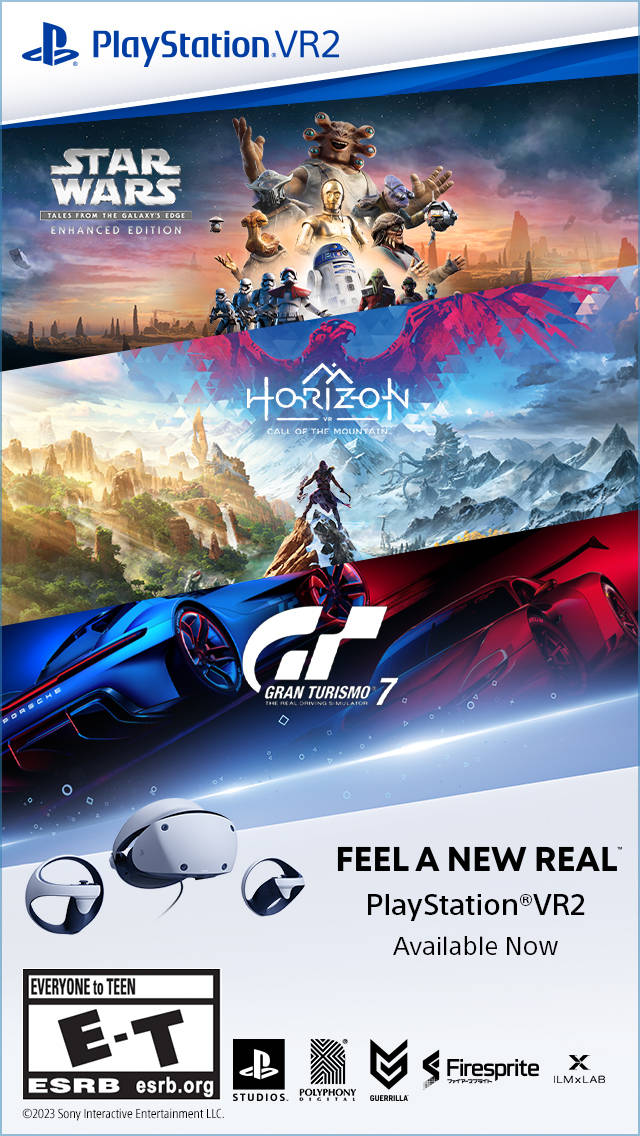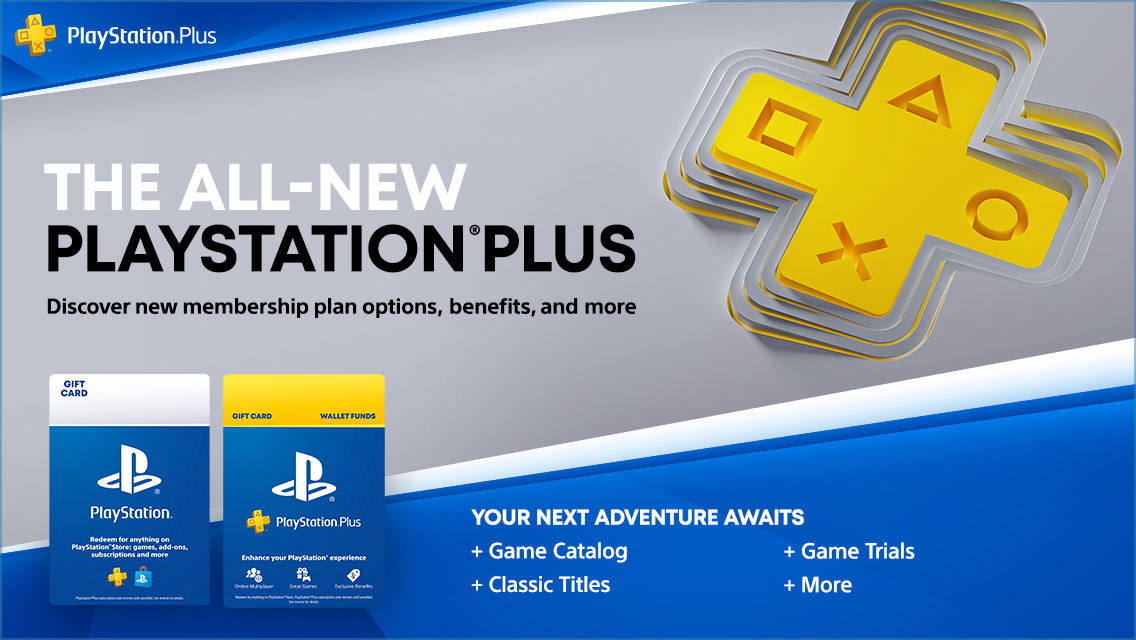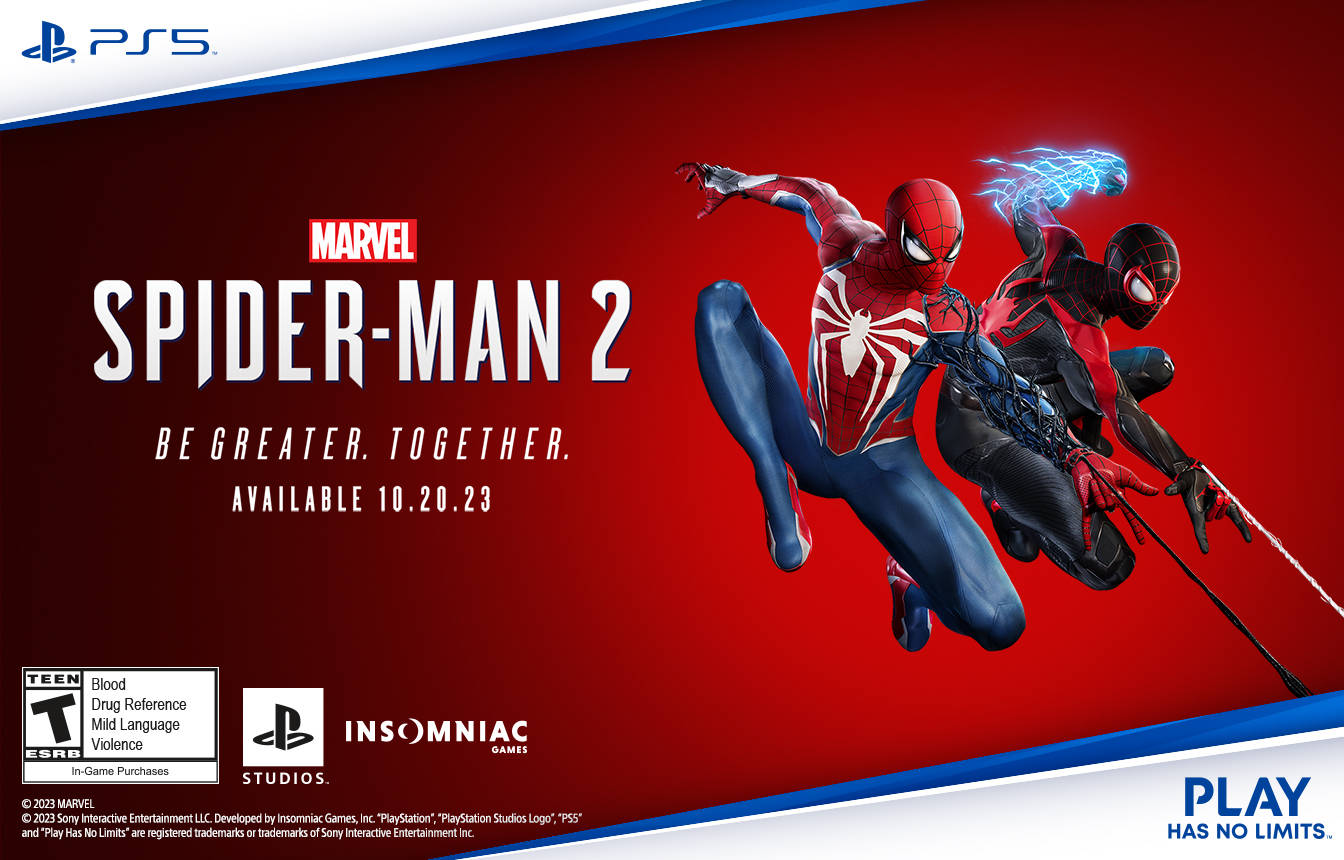The first Titanfall—while being a fresh addition to the FPS genre—failed to reach mass appeal due to a host of reasons. Limited content, system exclusivity, and an unstable online experience resulted in the game’s quick fall from grace. It would appear, however, that Titanfall 2 has mitigated each one of these issues. Although this new chapter isn’t necessarily packed with content, the execution of everything available delivers an impact as tremendous as a freshly called in titan.
One of the first Titanfall’s shortcomings was that it lacked a single-player, story-driven campaign. A point of contention at the time, it has offered it’s sequel a fresh start with a clean slate while building on the universe’s pre-established mechanics. The Interstellar Manufacturing Corporation—or IMC—has been terrorizing civilian settlements that have been colonizing new planets around our galaxy. The Corporation’s greedy hunt for resources sparks a resistance movement called the Militia who attempts to fight back with the help of one of humanity’s most versatile weapons: the titan.
We are then dropped into the boots of the Militia’s Jack Cooper, a lowly rifleman unqualified to control a titan. After losing his mentor on the battlefield, however, he unofficially dons the prestigious role of pilot and takes command of his mentor’s titan, BT-7274, to continue the fight. The story follows this duo on a mission through hostile terrain to seek out a weapon that the IMC could use to decimate an entire colony planet. The stakes are certainly high, but this sci-fi ground has be trodden more than a few times before and the immersion is not helped by abrupt jumps forward in the plot between loading screens. Ultimately, the adventure isn’t found in the overarching narrative, but in the relationship of the participants through which we experience it.
At first, the generic banter between the humorless AI and the college-boy soldier he is babysitting may incite some ambivalence toward the couple. This relationship follows many familiar stereotypes, but it is the delivery and substance of their exchanges that raise this alliance beyond predictable cliches and repetitive dialogue found elsewhere. This is further amplified by the dialogue choices offered by the game, which often steers conversations in the direction of the player’s choosing. These two were brought together through the necessity of their situation, but the game doesn’t waste our time with expected distrust or incompatibility. The conflict is instead found in the struggles they face together—rather than in the connection between the two. Their synergy on both a combative and personal level is the driving factor behind the entire plot and the duo’s cohesion is pleasingly consistent through many of the best gameplay moments in the single-player campaign.
The campaign is interestingly divided between pilot and titan sections with several that are open to player choice. The contrast between pilot and titan gameplay is pronounced, facilitating a wider spectrum of variety in the core gameplay. While on foot, pilots use a vast array of weaponry and agile platforming capabilities like wall-running, double-jumping, and sliding to gain positional advantages on the enemy. This maneuverability hits a perfect balance of pacing, keeping the action quick without becoming overwhelming. After jumping into a titan, the combat slows down significantly, rewarding a more methodical style of play through a balance of offensive and defensive actions. It is nearly always advisable to cruise around in your titan if the opportunity presents itself—particularly during the cleverly designed titan-on-titan boss fights—but the freedom of choice in tandem with the excellent execution of both options makes each fight entertaining.
This is not to say the gameplay is necessarily perfect. Enemy AI fails to reach a tier of competency that would necessitate any strategy more complex than “keep moving” and the few times you fight alongside friendly AI, their inability to sufficiently cover you will make you wish they had stayed at home. Fortunately, this is remedied by the incredibly smooth shooting and platforming mechanics made evident in key campaign moments. The core gameplay is stellar, but every mission features a unique theme or mechanic that puts the core gameplay to work, and it is in these moments gamers will find the campaign’s most lasting appeal. The instances are intriguing to the point that spoiling them here would be a disservice, but it should be said that every chapter has an original and enjoyable identity, which is largely responsible for the disappointment felt when the game’s six-hour run time comes to its finale, leaving you still wanting more.
Titanfall 2’s single-player is surprisingly strong considering it’s developer Respawn’s first crack at it with this young series, but with their multiplayer pedigree, it’s no shock that side of the game is appropriately even stronger. Before jumping into a match, players are afforded an avalanche of customization options. There are six titans to choose from, and each are designed around very distinct playstyles like the sword-wielding Ronin, or the Northstar, which can take to the skies. These same titan models are offered in the single-player campaign—alongside a few extra—and while they can be seamlessly switched between for easy access while playing solo, it is in the multiplayer where the original styles of these machines are most effectively exercised.
Titans remain the formidable threats we remember from the first game, but the pilot is more than equipped to handle himself on his own thanks to a host of distinctive weapons, gadgets, and abilities. Players get a taste of the pilot arsenal in the campaign, but not until one dives into the multiplayer can they appreciate its breadth. Pilots can be equipped with specialized abilities like grappling hooks or stim packs to give them a tactical edge, and a selection of unique equipment like gravity stars further adding to their diverse loadout. As a shooter, firearms are the tools that bring everything together, but the variety in their design deserves special mention. While the weaponry of Titanfall 2 generally fall under the conventional categories of assault rifle, shotgun, sniper rifle, etc., each features a subtle design nuance that sets it apart from the others, such as the Alternator submachine gun with its dual barrels or the Devotion heavy machine gun that shoots faster the longer you fire it. Despite the immense amount of options presented to players, it never feels like any tools go to waste.
Multiplayer modes are another area in which familiar formats receive the Respawn touch-up. Titanfall 2 supports most of the mode variants gamers have come to expect from modern shooters, but the inclusion of titans and AI bots put a twist on these contemporary multiplayer experiences. More ubiquitous modes like Team Deathmatch and Capture the Flag get new life when titans are thrown into the mix, but the centerpiece of Titanfall 2’s multiplayer is the new Bounty Hunt mode.
Bounty Hunt is one of the modes that involves AI bots, the killing of which earns players cash depending on how tough the bot is. Taking out other players and titans rewards cash as well, and players will want to amass as much money as they can during each enemy wave in order to dump it into the banks that periodically spawn around the map. A team’s score is the accumulation of all money deposited by that team, but dying causes a player’s wallet to be cut by half, creating a suspenseful toss-up between earning extra cash and risking what you’ve already got. Even if Bounty Hunt doesn’t turn out to be your cup of tea, the game’s smooth platforming, precise control, and multifaceted design leaves the multiplayer rivaling some of the industry’s biggest competitors. It should also be mentioned that we waited until today to test out the servers in the wild, and although the true strain will likely come in the coming hours and days, we found no issues finding matches this morning and yesterday evening.
Innovation for innovation’s sake doesn’t always get you very far in game design, and often sticking to your guns and putting maximum effort into evolving something simple can prove the optimal choice. The formula for Titanfall 2 is relatively straightforward, and many of its signature features can be found in other games since past, but the high quality found in Titanfall 2’s most fundamental elements cannot be denied. Shooting is fluid, campaign missions are creative, and the multiplayer will keep you hooked for quite some time; what more can you ask for?
|
★★★★☆
Titanfall 2 is to be respected for accomplishing all its objectives. Quantity in games is nice, but Titanfall 2 proves that quality is often preferable. |
Developer Respawn Entertainment Publisher EA ESRB M - Mature Release Date 10.28.2016 |
| Titanfall 2 is available on PlayStation 4, Xbox One, PC. Primary version played was for PlayStation 4. Product was provided by EA for the benefit of this coverage. EGM reviews on a scale of one to five stars. | |
Nick didn’t start gaming until mid-2006. Once his parents finally allowed a console into the house, it was all uphill from there. Starting out with a PS2, he grew an affinity for Sony consoles and moved on to the PS3, and now the PS4. He keeps his gaming palette wide, but, gun to his head, he’d have to say shooters are his genre of choice.





